Morning Eye Candy: Magnificent Magnolias
Posted in Photography on April 10 2013, by Ann Rafalko
The magnolias are bursting into flower all over our 250 acres. They look, and smell, divine!
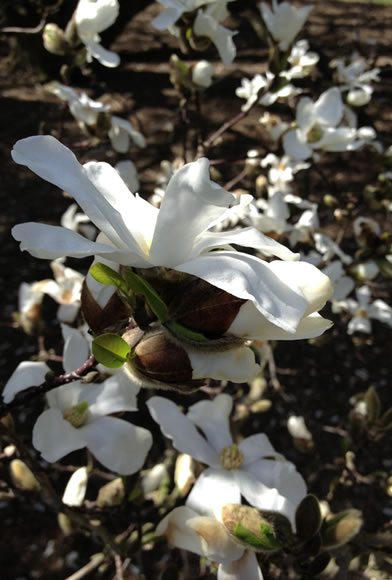

Inside The New York Botanical Garden
Posted in Photography on April 10 2013, by Ann Rafalko
The magnolias are bursting into flower all over our 250 acres. They look, and smell, divine!

Posted in Around the Garden on April 9 2013, by Sonia Uyterhoeven
Sonia Uyterhoeven is the NYBG‘s Gardener for Public Education.
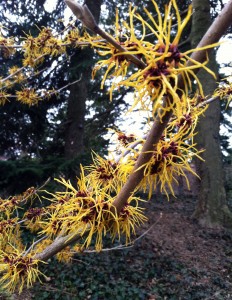
It’s come in fits and starts this year. Snow falls one day, only to vanish in an instant through heat or a heavy rain. With all the yo-yoing we have experienced this winter, oscillating from warm to cold, the fluctuating temperatures have sent me and many of my colleagues home with lingering ailments as our bodies try to figure out what’s going on.
While walking through the Garden in these early days of spring, I notice that Mother Nature is equally confused. The persistent cold has slowed down the cycle of spring, leaving us somewhere between one and two weeks behind schedule in terms of spring bloom. Once the warm temperatures arrive in earnest, things will accelerate. What this means for now is that some of the early signs of spring–the ones that we usually like to see from our living room windows–are out and worth perusing.
The Cornelian cherries (Cornus mas) started flowering around the very end of March this year, whereas they usually bloom sometime in the middle of the month. As one of the many cheerful harbingers of spring, they’re a welcome sight; the 15-foot, multi-stemmed branching shrub is smothered with tiny umbels bursting with golden yellow, star-shaped flowers.
Posted in Around the Garden, Photography on April 7 2013, by Matt Newman
They may not put on a show of the usual “spring spectrum”–pinks, bright yellows, all the pastels of new growth. Honestly, they’re a little menacing with their velvety, claret petals. But the flagrant elegance of these hellebores comes in handy when the bright green varieties need balancing out.
Helleborus orientalis ‘Optimism’ — Photo by Ivo M. Vermeulen
Posted in Around the Garden, Programs and Events on April 5 2013, by Matt Newman
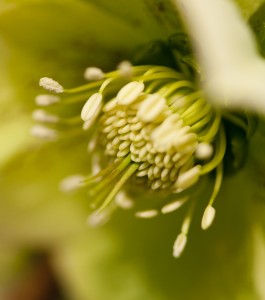 It’s a double whammy for the cocktail crowd this weekend as we launch into our Orchid Show excitement with back-to-back Orchid Evenings, running both tonight (April 5) and Saturday, April 6. That’s twice as many opportunities to see thousands upon thousands of mystifying blooms under the glass of a Conservatory dressed to the nines with ambiance. And if the flowers, mood lighting, and chill grooves don’t set the tone for the perfect night out, I have no doubt the cocktails will drive it all home.
It’s a double whammy for the cocktail crowd this weekend as we launch into our Orchid Show excitement with back-to-back Orchid Evenings, running both tonight (April 5) and Saturday, April 6. That’s twice as many opportunities to see thousands upon thousands of mystifying blooms under the glass of a Conservatory dressed to the nines with ambiance. And if the flowers, mood lighting, and chill grooves don’t set the tone for the perfect night out, I have no doubt the cocktails will drive it all home.
While the April 6 Orchid Evening is completely sold out for incoming visitors, those with tickets in hand will be happy to know that Jack from Brooklyn is kitting us out with one of the most deliciously unique cocktails in the five boroughs, using their very own Sorel–a hibiscus liqueur–to stage the many flavors. But if you don’t yet have a ticket, there’s no call for tears–our first of several new additions to the Orchid Evening schedule launches tonight. Our bartender will be slinging “Vanilla Gales” for the first-of-the-weekend crowd, an orchid-inspired take on the Dark & Stormy that kicks this sparkling rum drink up into the stratosphere.
Tickets are still available for tonight–April 5–if you’d like to join us for cocktails. But register quickly, as they’re moving just as fast! Check out our ticket page for available dates, both tonight and in the future.
For the daylight crowd, there’s just as much to see or do. The Orchid Show is in full swing throughout Saturday and Sunday, while the first of spring’s growth is coming out of hibernation across our 250 acres! Keep your eye out for the snowdrops, crocuses, hellebores and daffodils first on the scene to this sleepy change of season. And if you’re anywhere near the Ruth Rea Howell Family Garden while you’re exploring, our staff will be diving headlong into the sowing of spring–they might even need a little help from passersby.
Posted in Photography on April 5 2013, by Ann Rafalko
What’s blooming now? We made a little field guide!
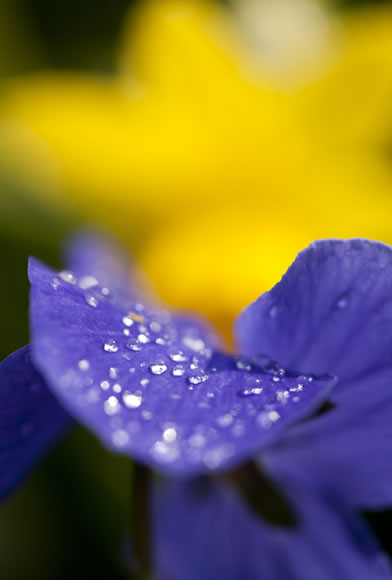
Photo by Ivo M. Vermeulen
Posted in Around the Garden, Photography on April 2 2013, by Matt Newman
Photos by Ivo M. Vermeulen
Posted in Photography on March 30 2013, by Ann Rafalko
Should you partake in an Easter-themed perambulation down Fifth Avenue tomorrow, may your bonnet be as graceful and light as this delicate daffodil!
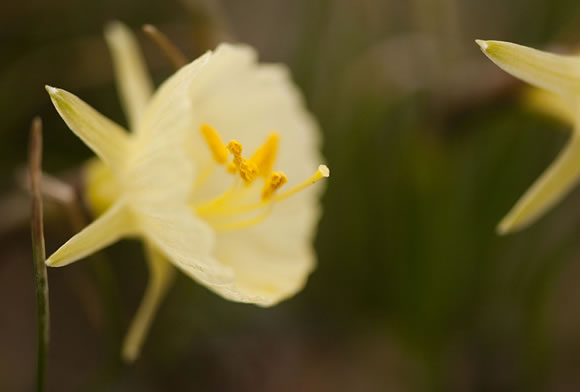
Photo by Ivo M. Vermeulen
Posted in Around the Garden, Photography on March 29 2013, by Matt Newman
Keep an eye out for these saucer-shaped oddities in the Enid A. Haupt Conservatory, flaunting reds, blues, and luscious purples! Passion flowers are perhaps most fascinating for the fact that, despite looking like some of the most exotic blooms in the glasshouse, they’re really very common–there are around 400 species in their genus, many of which grow along roadsides in the U.S. In this case, “diamond in the rough” sounds about right.
And growing passion flowers at home is as easy as giving your vine or shrub a pot to grow in. Be sure that you know what you’ve got, however. Many species are considered invasive depending on the region, so it’s best to check in with a local Cooperative Extension before committing to one breed or another.
Passiflora — Photos by Ivo M. Vermeulen
Posted in Gardening Tips on March 28 2013, by Ann Rafalko
I am not one to heap praise on any woodchuck, but I refuse to place blame on poor old Charles G. Hogg. I mean, can you imagine being ripped from your cozy bed by a bunch of strangers and asked to predict the future? I am also not one to complain too much about the weather. I’m an eternal optimist, and I see in this slow spring the opportunity for an extra long blooming season when the daffodils, cherry blossoms, and tulips do finally show their faces above ground. But, that doesn’t mean I am immune to trying to force a little spring inside my apartment, and I do mean that literally.
And this was all brought to mind when Amy Weston posted a really interesting question to our Facebook wall. “I recently cut some branches from my flowering quince bush to bring inside to force,” Amy writes. “They are now blooming but they are white, not the salmon color that they are on the bush. I assume it must have something to do with the fact that they are getting something from the dirt, since they are just in water. Do you know why this would happen?” It fascinated me.
Posted in Around the Garden, Photography on March 27 2013, by Matt Newman
No ice? No foul! We’re still not seeing the kind of “warmth” New Yorkers hope to enjoy by late March, but it’s all about small steps.
